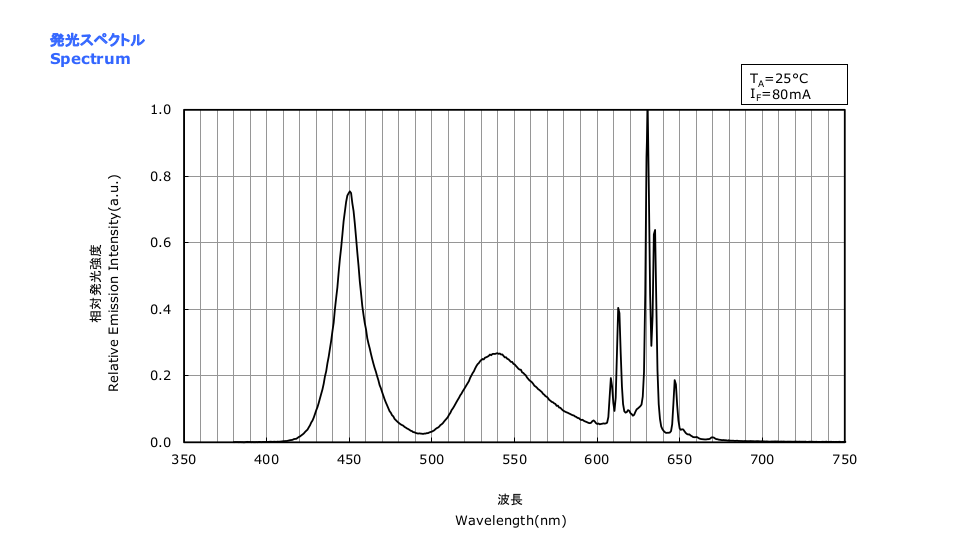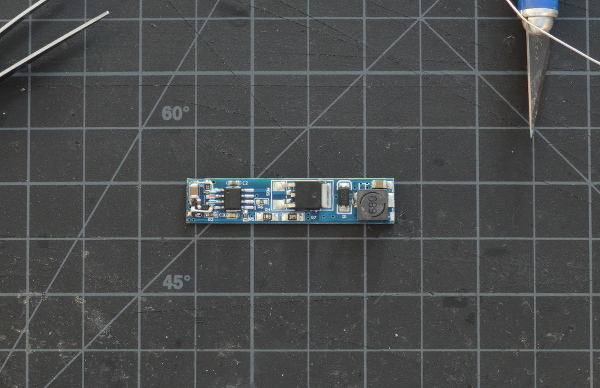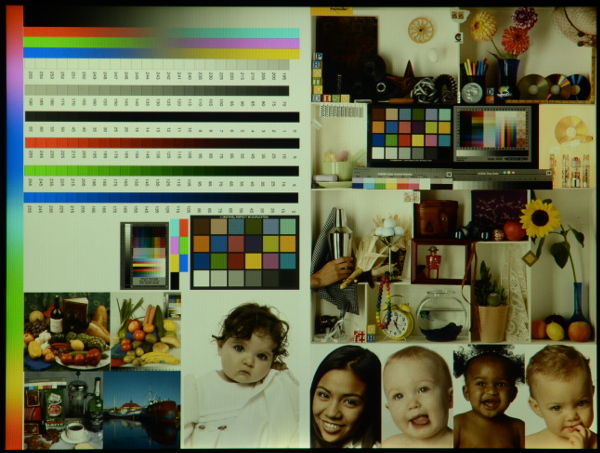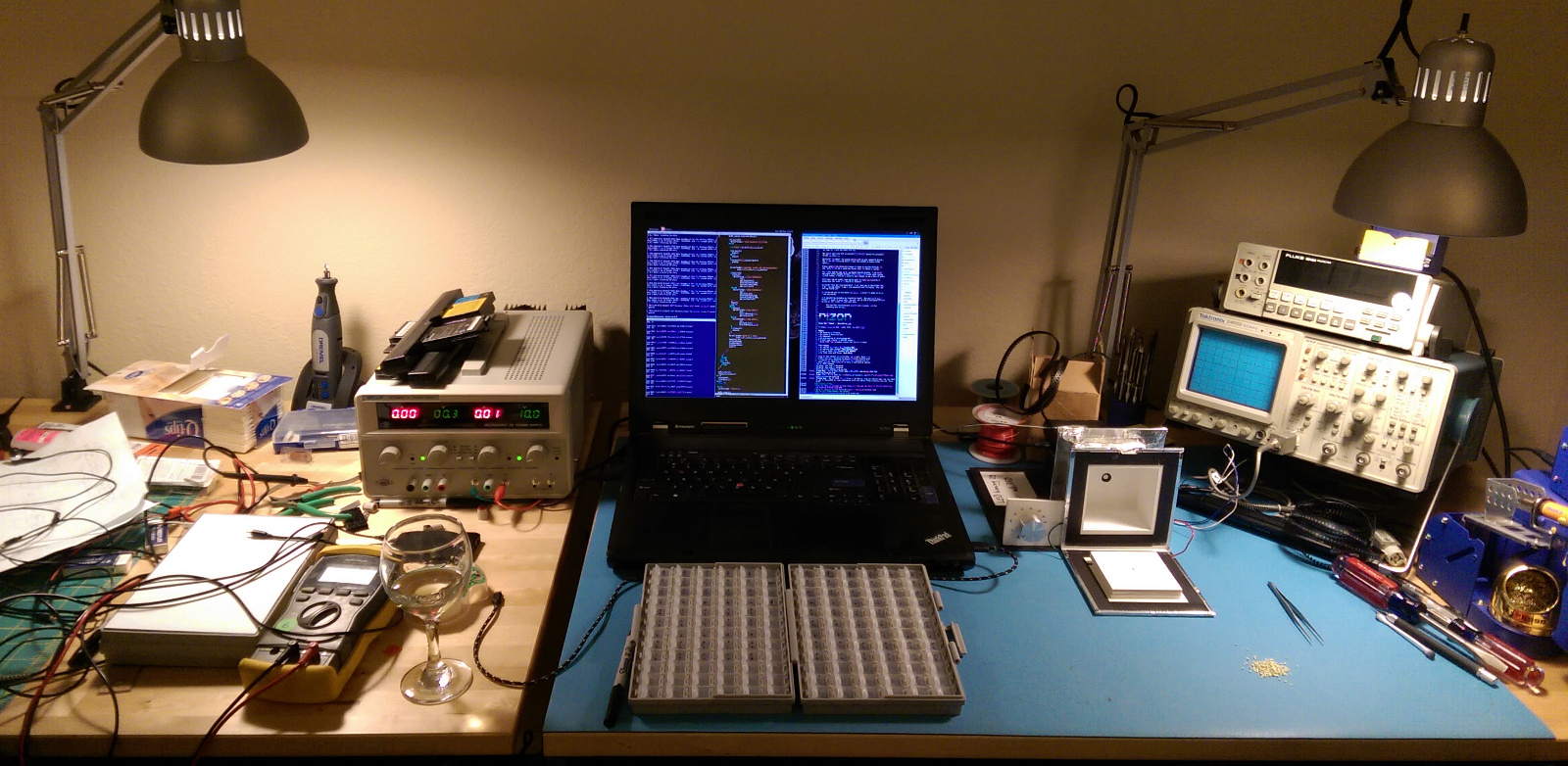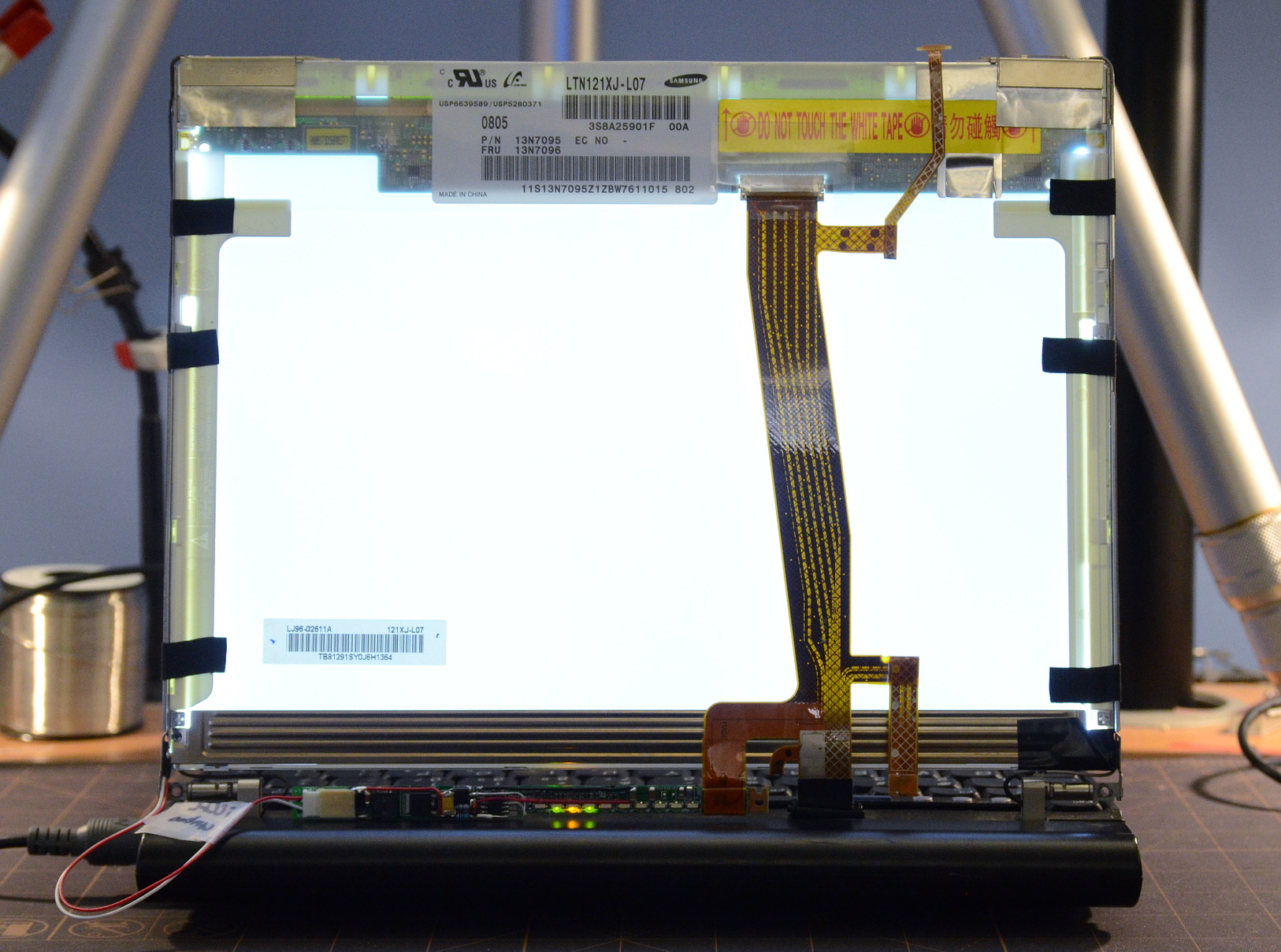You can bypass and remove the supervisor password from ThinkPads by shorting two pins on an EEPROM at the right time during boot.
Don't believe it? I didn't either; it never worked for me. It turns out that's only because the
contemporary instructions for how to do it are wrong, or rather,
they've mutated into a form that only works on some machines. As
originally discovered, the hack reliably unlocks any* ThinkPad up to
and including the Ivy Bridge models.
*The SL300, SL400, SL500, and G550 do not store the supervisor
password in EEPROM, so they're the only exceptions of which I'm
aware.
DISCLAIMER: Any discussion of how to crack security on even vintage
machines is banned on most ThinkPad forums. So much as mentioning
this page can get you banned in some places.
SOME BACKGROUND:
ThinkPads have three types of security passwords.
A 'Supervisor' password (SVP) locks access to portions of the BIOS
setup. The machine will still boot to OS., but if the CMOS battery is
temporarily removed or dies, the SVP will also lock
all power-on access to the machine. It's stored encrypted in a
non-volatile EEPROM along with other asset information.
The 'Hard Drive' password protects access to the hard drive. The drive
will be physically inaccessible to any machine without the password.
[I don't address the Hard Drive password at all here.]
Lastly, a 'Power On' aka 'User' password (UP) locks boot access the
machine. It's stored in volatile CMOS settings. Disconnecting the
round yellow CMOS battery clears it.
A machine with a User password will almost certainly also have a
Supervisor password. Clearing the UP by disconnecting the CMOS
battery will cause the machine to demand the SVP at next boot. The
password prompt icons for the UP and SVP are the same on older
machines, so if it seems like clearing the User password didn't work,
it did-- but now the machine is asking for the Supervisor password
instead.
FINALLY THE INSTRUCTIONS:
Step 1: You might as well make life easier by disconnecting the CMOS
battery for a few seconds to clear any user password that may be
present. Count to 15, reconnect the battery and proceed...
Step 2: Find the physical EEPROM that holds the supervisor password.
These EEPROMs have varying numbers of pins. A few examples: On the
T23, the chip is a 14-pin Atmel 28RF08. On the X31, the EEPROM is an
8-pin Atmel AT28RF08. On an X61, it's an 8-pin Philips 24S08. On a
T60 it's a 40-pin Atmel 8356908.
On some machines you can access the EEPROM just by lifting the
keyboard. On other machines, you'll have to disassemble the entire
laptop. Locations of many ThinkPad EEPROM chips can be found at
http://www.ja.axxs.net/eeprom_location.htm if you don't want to hunt
for it.
Step 3: Locate the PROT and GND pins. These are the pins we'll
short to subvert the ThinkPad's access to the supervisor password. On
a 14-pin Atmel 28RF08, these are pins 5 and 6. On (I think all)
8-pin EEPROMs, these are pins 3 and 4. On the 8356908, it's pins 31
and 32 (pin 32 is actually the write-protect pin, but it will be
grounded).
Personally I solder small-gauge wires to the pins to avoid any
fumbling around while bypassing the password. If the chip is easily
accessible, you can just short the pins with tweezers or a precision
screwdriver. Either way, be careful not to short anything you don't
mean to short.
[Note: I know I'm telling you to use different pins than virtually all
the other instructions on the web. When this hack was first
discovered, descriptions simply listed pin numbers for a few models,
but it's clear from context that the intended pins were PROT and GND.
At some point, for some reason, reposts started saying to short SCL
and SDA instead, possibly due to mixing up pins between 8 and 14 pin
EEPROM variants. The mistake was probably cemented by the fact that
shorting SCL and SDA does work on some models.]
Step 4: Boot the machine. Upon the 'ThinkPad' logo boot screen
appearing, immediately short the pins and press the appropriate key to
enter the BIOS (F1 on most models). The BIOS may take longer to
appear than normal, and the machine will throw one or more errors;
that's expected. It may also ask you to press F1 again (do so). Keep
the pins shorted until you're in the BIOS screen, then release the
short.
Step 5: Navigate to the BIOS 'Security' menu, then arrow down to
the 'Supervisor password' selection, which should currently read
'Enabled'.
Step 6: Short the pins again. While holding the short, press Enter
to select the Supervisor password entry, then release the short. It
should not ask for the old password, only to enter a new password
twice. After releasing the short, press Enter twice to disable the
password.
Step 7: Press F10 to save and exit.
Step 8: Before reassembling or desoldering any temporary wires, reboot
and test that you can enter the BIOS without any password.
Done!

